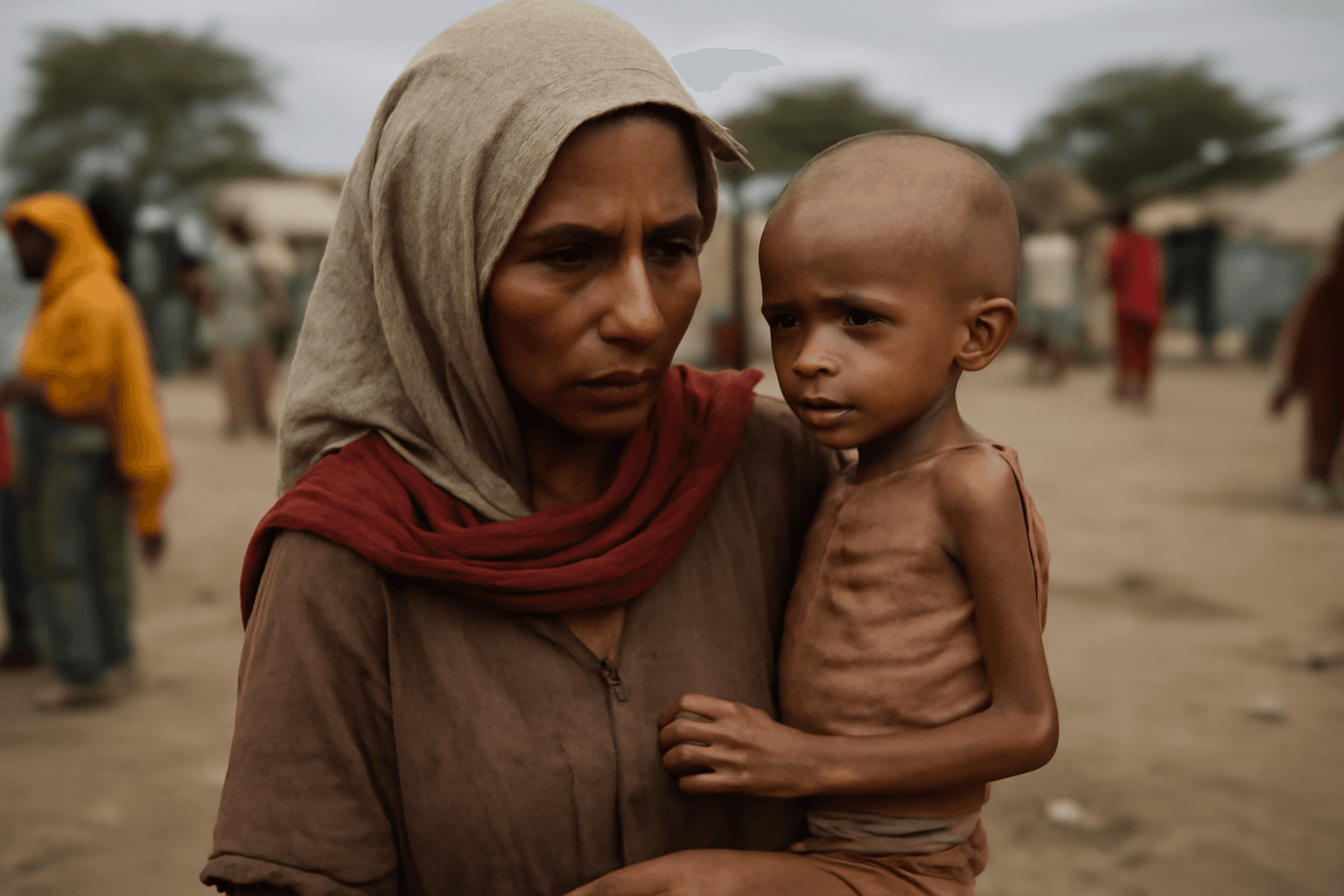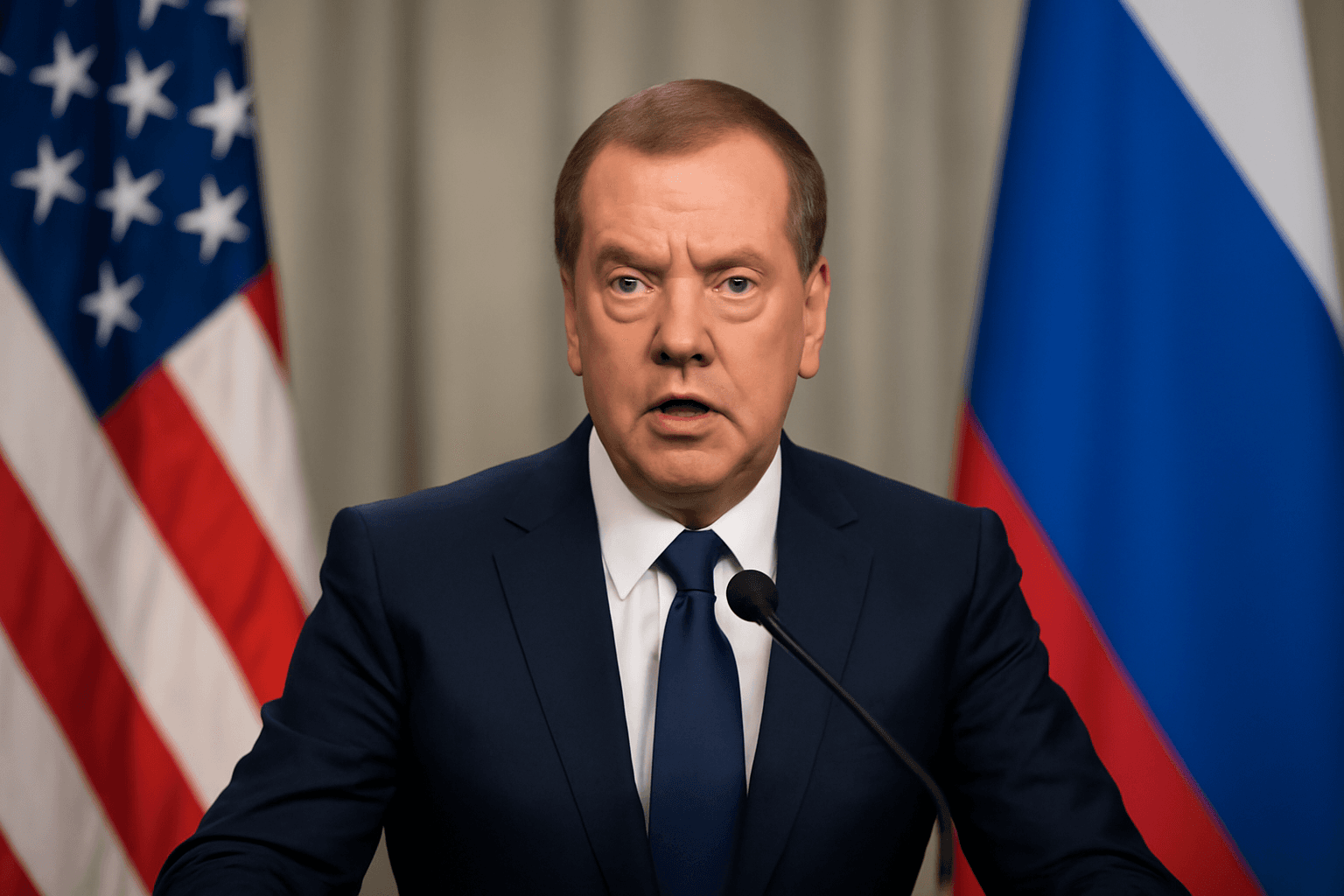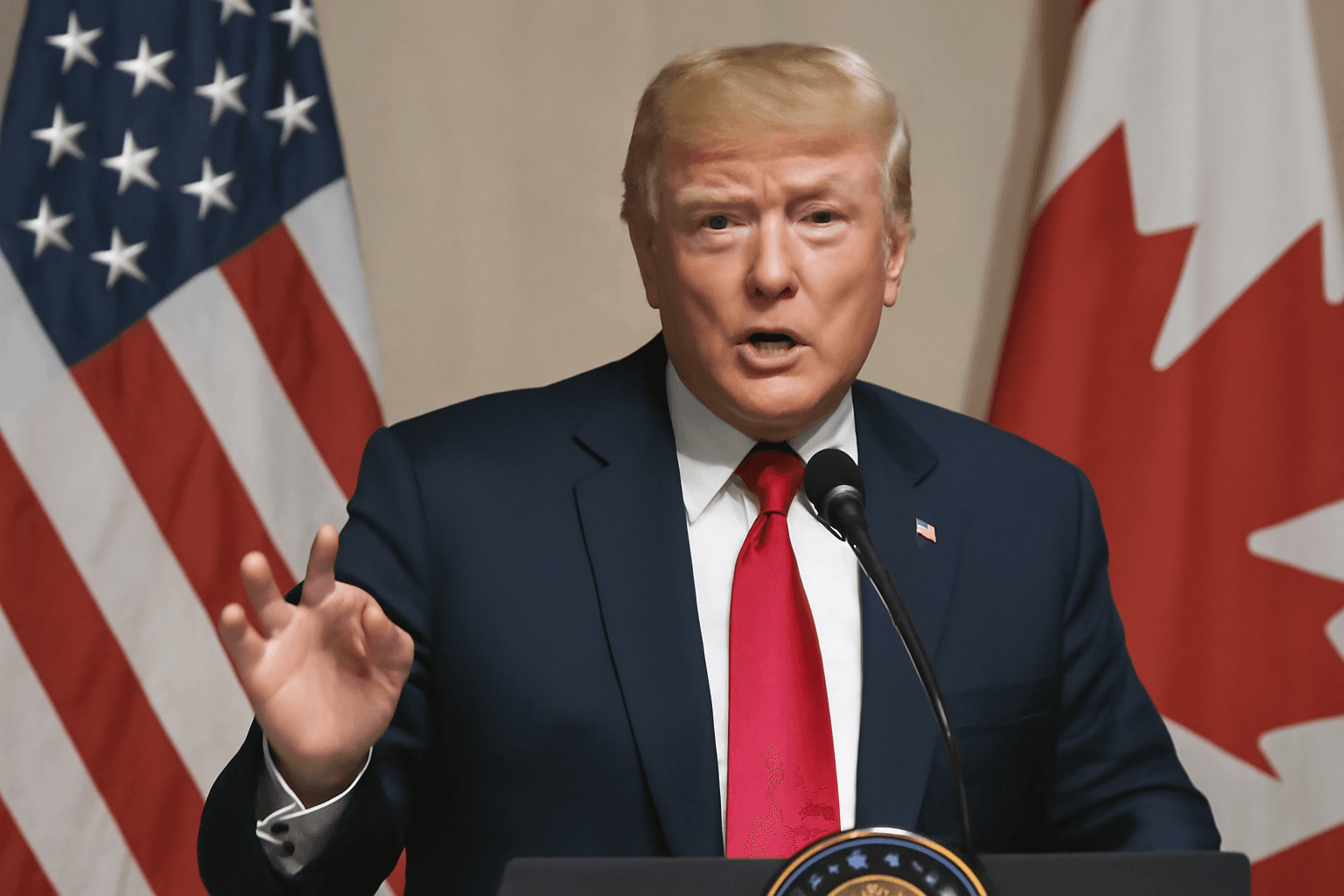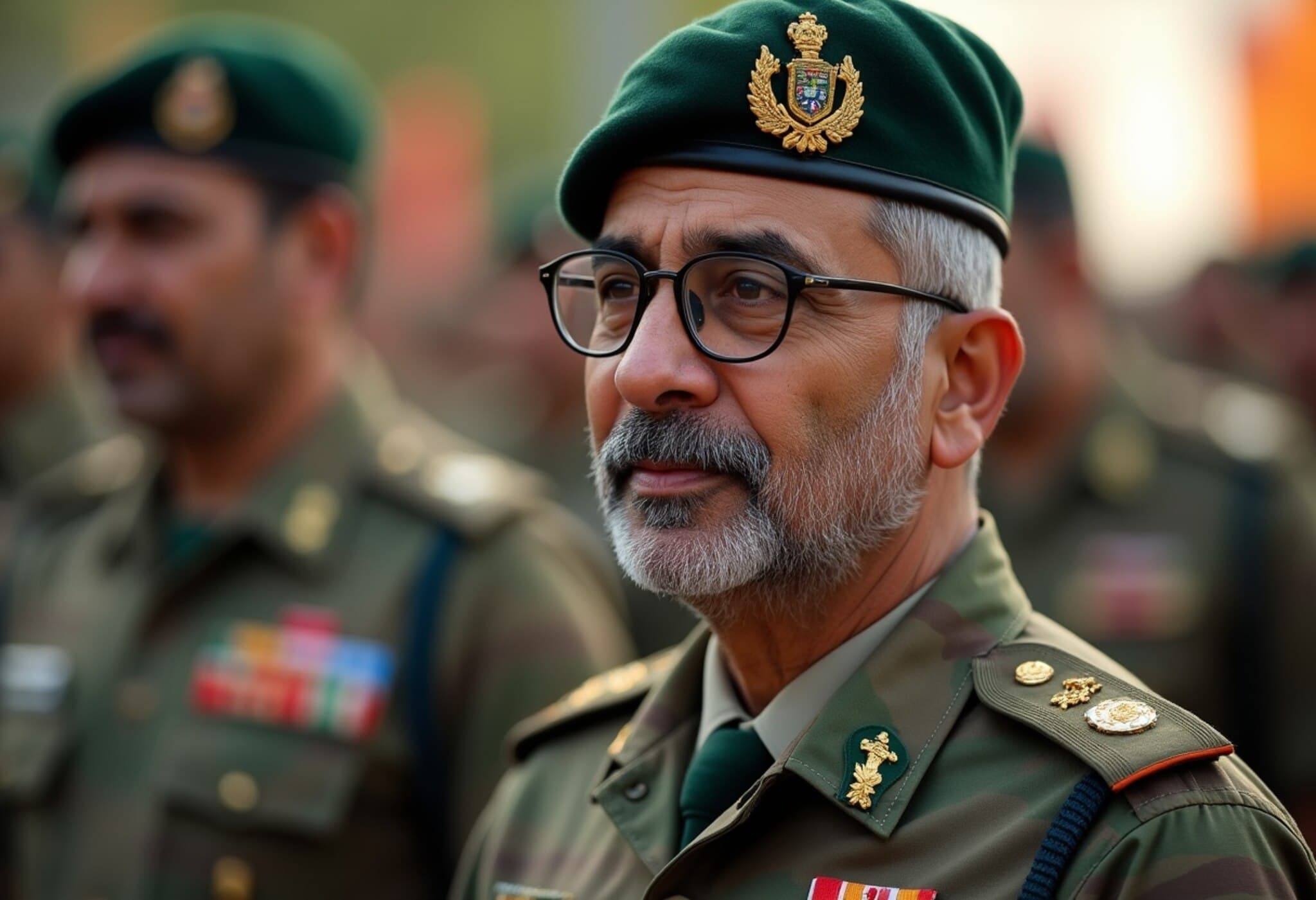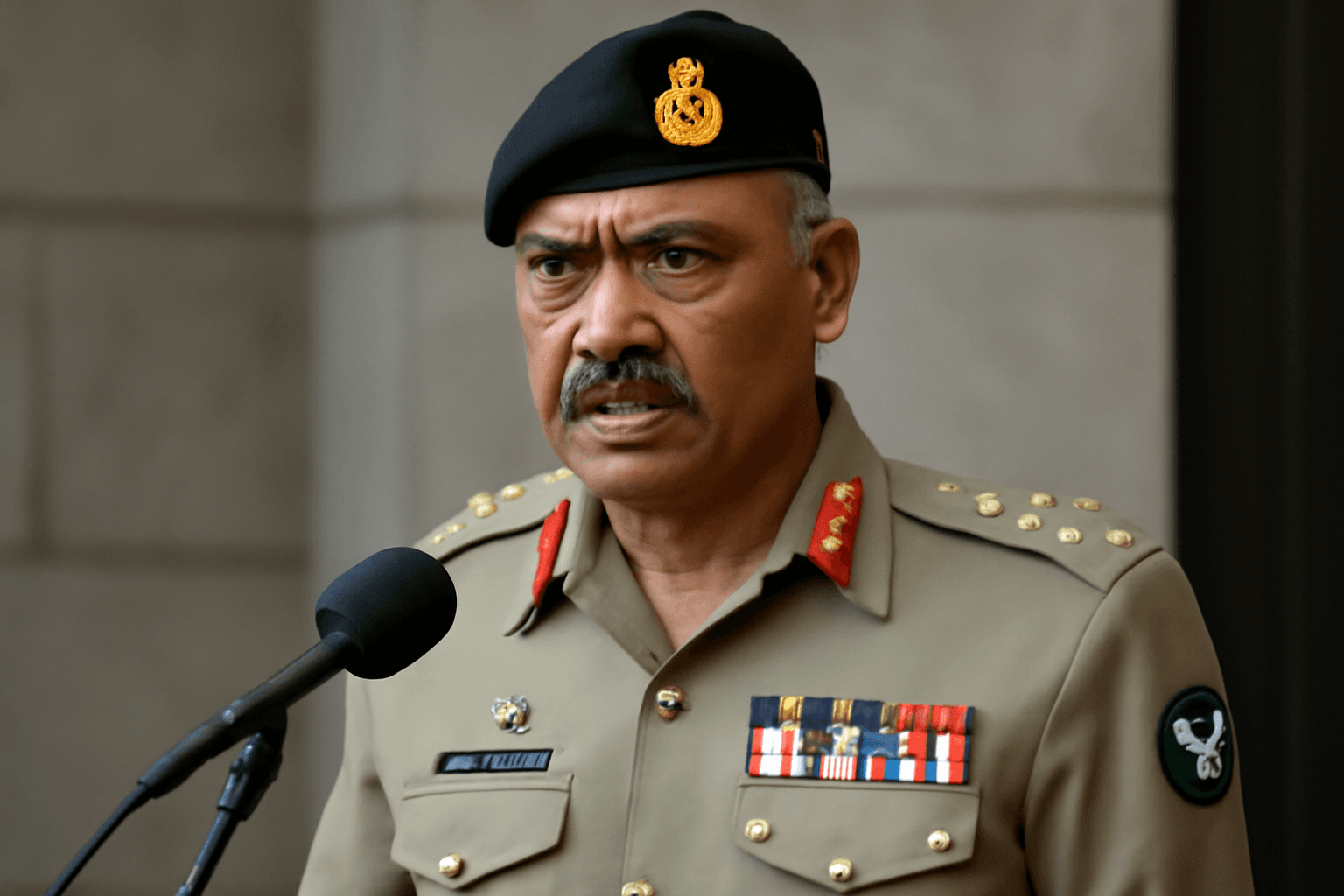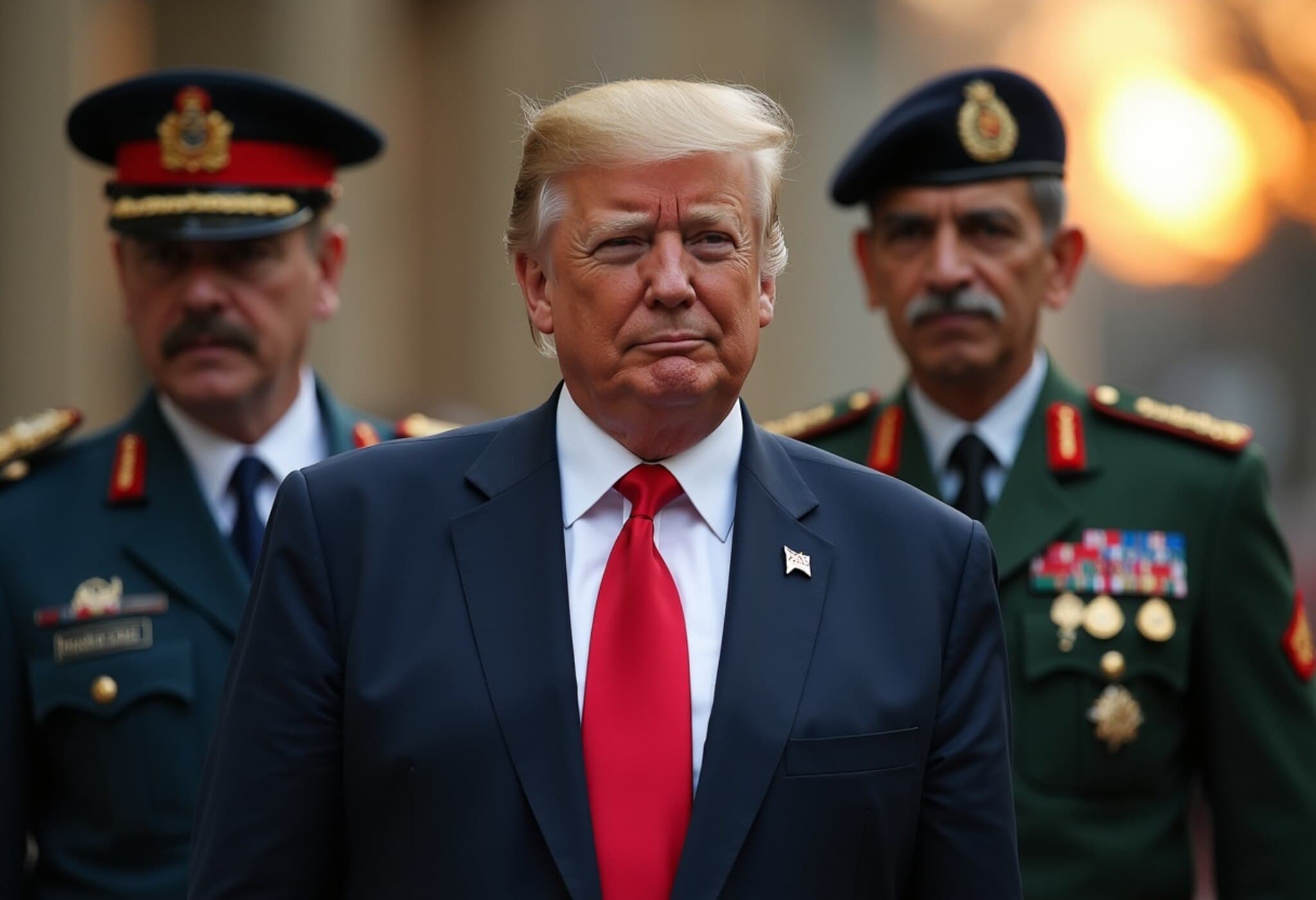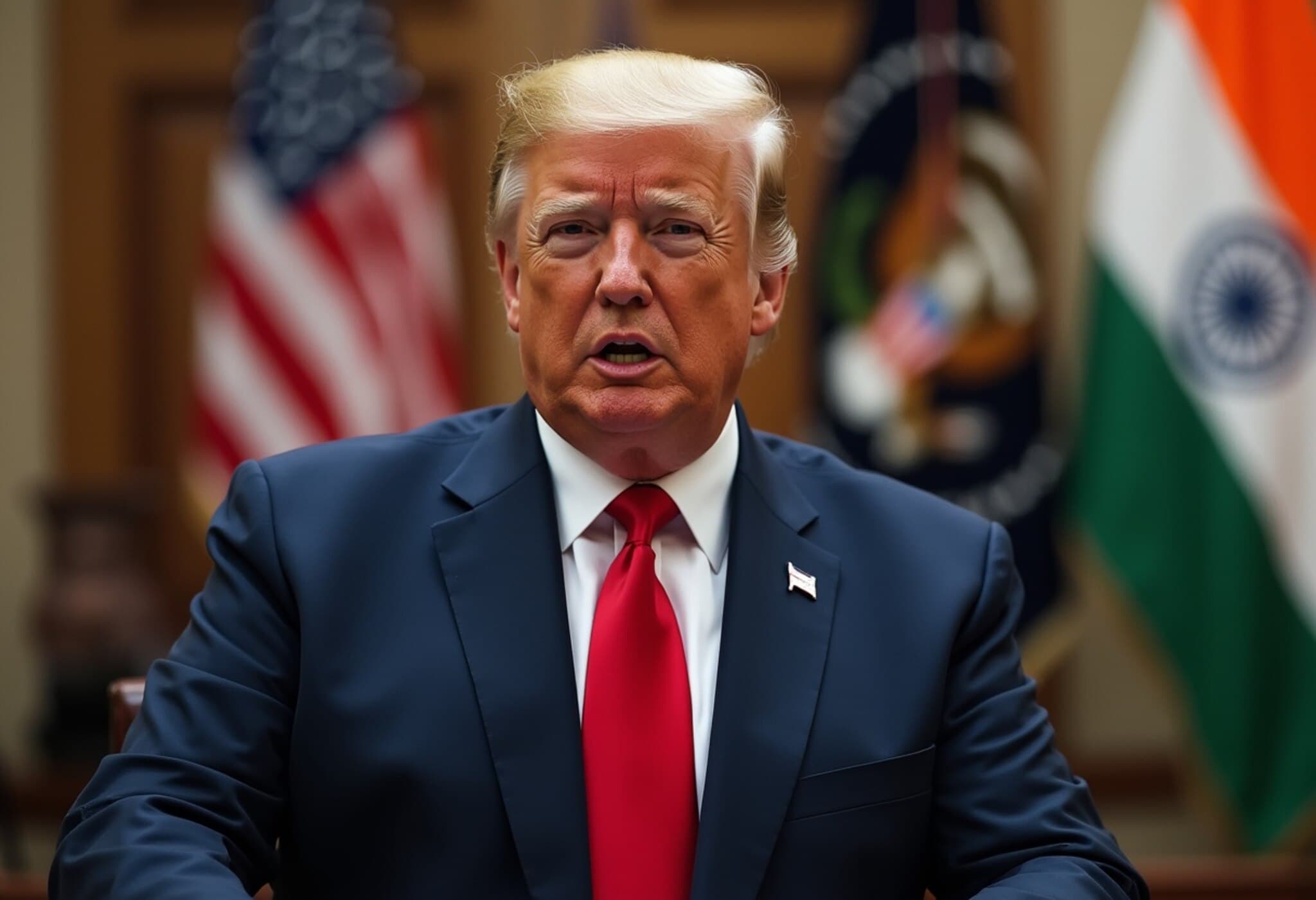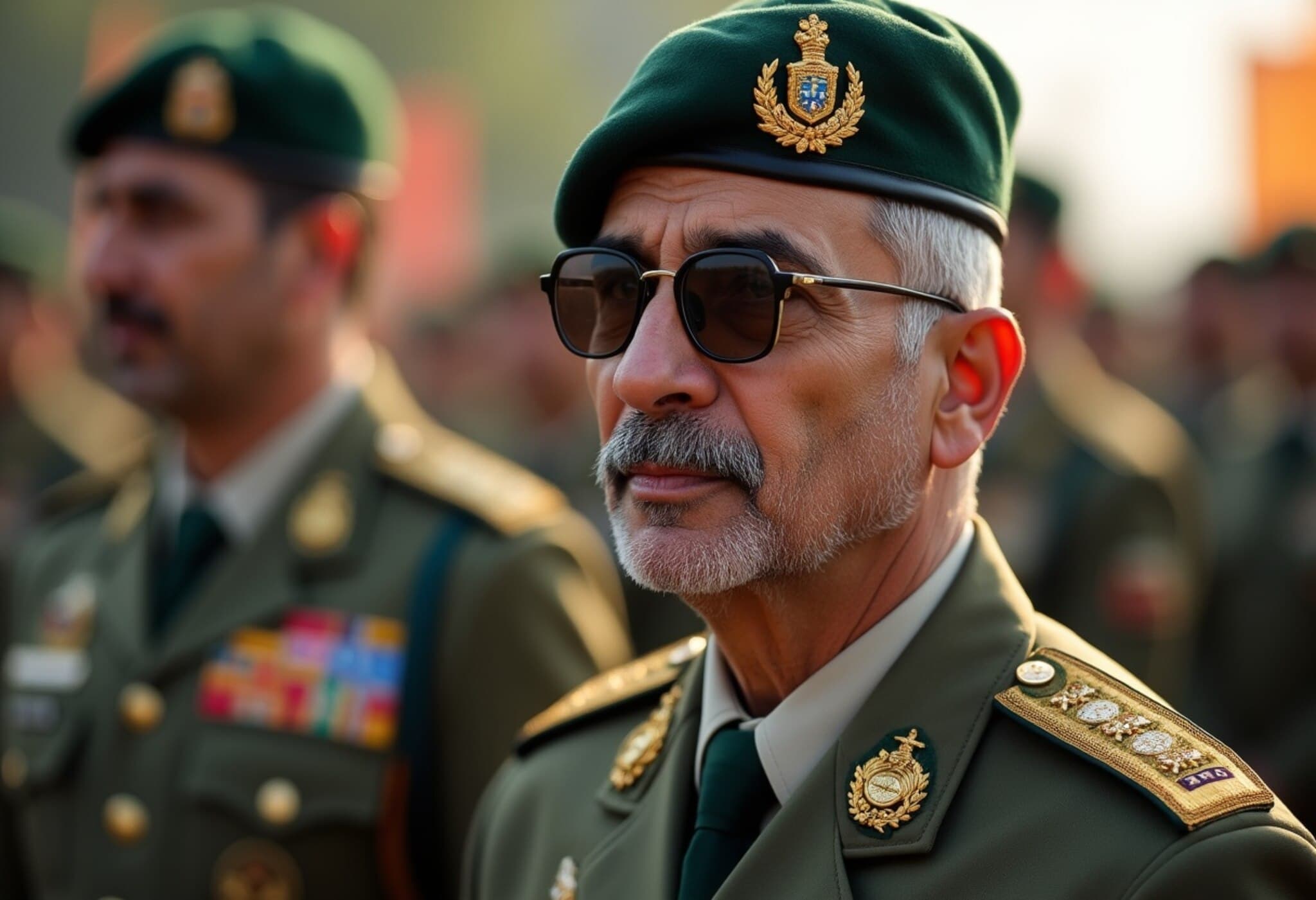Why India Became the ‘Mercedes’ and Pakistan the ‘Dump Truck’: Decoding Asim Munir’s Stark Analogy
In a recent speech in Tampa, Florida, Pakistan Army Chief Field Marshal Asim Munir made a vivid comparison that has captured global attention: India as a shining Mercedes and Pakistan as a dump truck full of gravel. While Munir’s analogy was intended to emphasize Pakistan’s resilience and tenacity, it inadvertently spotlighted the harsh truths lurking beneath the two nations’ divergent economic trajectories since their shared independence in 1947.
The Metaphor Unpacked: Mercedes vs. Dump Truck
On the surface, Munir’s metaphor draws on the archetype of a luxury vehicle — the Mercedes — representing speed, sophistication, and efficiency, against a utilitarian, rugged, but comparatively outdated dump truck symbolizing endurance and grit despite limitations. However, the real-world economic histories of the two countries reveal much more than a battle of vehicles; they reveal contrasting stories of policy choices, governance, and structural reforms.
The global reaction on social media was immediate, with many pointing out that Pakistan’s “dump truck” often sputters before starting or is burdened by heavy debt and reliant on international bailouts, primarily from the IMF. The metaphor, although blunt, resonates with Pakistan’s ongoing economic struggles and stalled progress in contrast to India’s vigorous development.
Historical Context: Diverging Trajectories Since 1947
Early Years: A Shared Start, Divergent Paths
Both India and Pakistan entered independence as largely agrarian economies. Pakistan’s GDP in 1947 was dominated by agriculture (over 53%), much like India’s. Both countries adopted five-year plans aiming for industrialization and economic modernization.
- Pakistan’s early potential: Fertile lands, mineral wealth, and access to a strategic seaport were seen as foundations for growth.
- India’s development: Despite larger population burdens, India focused on a mixed economy model with initial socialist tendencies, gradually pivoting towards liberalization.
While India gradually built up technological sectors and diversified its economic base, Pakistan’s growth was episodic and often hampered by political instability and poor economic governance.
Economic Peaks and Pitfalls: The Crash and Boom Years
Pakistan’s economic history is marked by notable peaks and steep downturns:
- The 1960s boom: Under General Ayub Khan, Pakistan’s GDP briefly surged near 6.7%, with manufacturing and agriculture growth promising. Yet, political and military turbulence culminated in the 1971 loss of East Pakistan, a critical economic blow.
- The 1970s socialism experiment: Zulfikar Ali Bhutto’s nationalization policies slowed growth, with inflation and deficits rising sharply, contrasting India’s Green Revolution that boosted agricultural productivity.
- The 1980s temporary uplift: General Zia’s tenure saw higher growth due to foreign aid from the US amid the Soviet-Afghan war but lacked sustainable reforms.
- The 1990s fiscal crisis: Pakistan faced skyrocketing debt and low growth, while India’s sweeping 1991 economic liberalization set it on a path to rapid expansion.
Kashmir to Covid: Challenges Persist Amid Changing Dynamics
The early 2000s moment under General Pervez Musharraf represented Pakistan’s peak growth, hitting 8.6%, buoyed by international aid and reform rhetoric. However, dependence on external inflows and a consumption-driven economy proved fragile.
The subsequent decade saw economic decay, power shortages, inflation, and rising debt overshadow Pakistan’s potential. In contrast, India capitalized on the IT boom and infrastructure investments, growing consistently as a global economic powerhouse.
Recent crises — political upheaval under Imran Khan’s tenure, coupled with the COVID-19 pandemic — shrank Pakistan’s economy dramatically, while India rebounded swiftly, embedding digitization and export diversification into its recovery strategy.
The Current Economic Landscape: The Reality of the Mercedes and the Dump Truck
By 2025, India has not only surpassed Japan as the world’s fourth-largest economy with a GDP exceeding $4.18 trillion but also sustains an ambitious growth rate above 7%. Major policy initiatives like Make in India and Production Linked Incentive (PLI) schemes have ignited manufacturing and foreign investment.
Pakistan’s economy, however, remains fragile. With debt servicing consuming nearly half the federal budget and foreign exchange reserves scant, economic growth lags at about 4%, perpetually dependent on IMF bailouts and austerity measures that curtail expansion.
Why the Dump Truck Analogy Falls Short
Munir’s assertion that a dump truck could overpower a Mercedes in a collision glosses over fundamental differences in economic sustainability and resilience. The Mercedes — India’s diversified, steadily modernizing economy — has speed, efficiency, and endurance on its side. Pakistan’s “dump truck,” meanwhile, is burdened by systemic inefficiencies, narrow export bases, excessive reliance on external borrowing, and endemic political instability.
Moreover, sustained confrontation or economic shocks would likely damage Pakistan far more severely than India. Its import dependency, thin buffers, and limited fiscal space leave it vulnerable to crises that could derail progress even further.
Behind the Wheel: The Military’s Role in Pakistan’s Economic Journey
An overlooked aspect of Pakistan’s economic narrative is the military’s significant role as an economic actor. Control over multiple business sectors by the military elite complicates governance and economic reforms. Ironically, when Munir criticizes Pakistan’s economic condition, he is part of an institution that has substantially influenced that very trajectory.
Lessons and the Road Ahead
Pakistan’s path forward requires:
- Structural reforms targeting governance and fiscal transparency
- Diversification of the economy beyond aid reliance
- Political stability to foster investor confidence
- Strategic investment in education, infrastructure, and technology
India’s success illustrates the payoff of policy consistency, global integration, and reform orientation—a blueprint Pakistan might contemplate seriously.
Editor’s Note
As Pakistan confronts its economic realities, the stark Mercedes-dump truck metaphor serves as a compelling wake-up call more than a boast. Can Pakistan upgrade its engine and chassis — its institutions and policies — to outrun economic stagnation? Or will it remain mired under decades of challenges, watching the gleaming Mercedes speed ahead? The journey ahead demands more than analogies; it requires honest reckoning and bold action.




